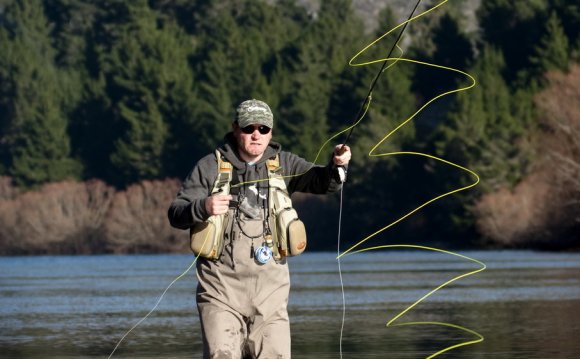
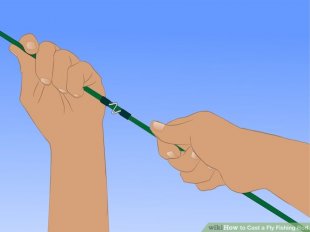 Load your fly rod. Fly rods are a lot more flexible than rotating rods. Your fly fishing rod wont throw correctly unless you feel the rod flex and unbend in your hand. That is known as “feeling the rod load” and will often be a challenging idea for beginners to know. Another way to consider the “load” on your own fly fishing rod is really as the actual quantity of possible power “loaded” in to the flex of this rod and weight regarding the fly line.
Load your fly rod. Fly rods are a lot more flexible than rotating rods. Your fly fishing rod wont throw correctly unless you feel the rod flex and unbend in your hand. That is known as “feeling the rod load” and will often be a challenging idea for beginners to know. Another way to consider the “load” on your own fly fishing rod is really as the actual quantity of possible power “loaded” in to the flex of this rod and weight regarding the fly line.
- Let some line out of one's fly fishing rod. Fly line is thicker and heavier than monofilament line, however it features a plastic sheathing making it buoyant. While you let more line out associated with rod, you add even more load. The procedure is much like the size of a whip determining its prospective power load.
- Whenever done correctly, the torque of your cast with the flex when you look at the fly fishing rod will sail the heavier fly line out, holding the fly along with it. This means that your rod cannot load if you fail to discrete the proper number of line.
- The quantity of range to let completely will depend on the length of your pole alongside elements such as body weight. Consult your rod's producer or an expert to find the perfect level of line to let down for your certain setup. However, a rule of thumb would be to let-out line equaling around three lengths of one's rod.
- Maintaining the butt of the fly rod under your wrist as well as in range along with your forearm can help you keep a straight plane while casting too.
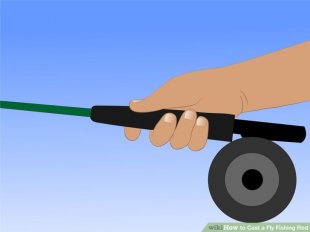 Each is advantageous in its very own situation, but start with the casting direction preferred to you personally while mastering.
Each is advantageous in its very own situation, but start with the casting direction preferred to you personally while mastering.
- Maintain your wrist stiff plus elbow near to your part. The main area of the backward and forward casting movements is the fact that each is within a straight range.
- Pull your fly fishing rod back again to a 10 o'clock position. Only flex your elbow.
- Your amount of range and pole load should determine the actual timeframe you need to pause before beginning your forward cast. The ideal length of time to hold back is actually for the fly range to unfurl behind you nearly completely so the frontrunner is almost extended at full the moment you start your forward cast.
 once more, you will be transferring energy through the action in to the range.
once more, you will be transferring energy through the action in to the range.
- Much like the back cast, the most important aspect is ensuring you cast forward in a straight line, otherwise the fly line will walk and take your fly along with it.
- You may have the rod “unload, ” but again, cannot flex your wrist.
- As you begin to see the range in-flight, a little turn your thumb down around 1” or 2.5cm.
- Keep your hand where it really is and allow the line fly out of the rod.
Method 2
Casting a Roll Cast- Make use of the roll cast when there is no area behind you for a straight back cast. In some circumstances, trees, brush, or whatever else that means it is tough to increase a back cast may reduce activity of the cast. These circumstances demand a roll cast.
- A roll cast keeps the line, and then the fly, closer to your body, therefore a cap and glasses are suggested while exercising this casting maneuver.
- 8
Contain the pole in front side of you. Utilize the same relaxed but firm, thumb-forward grip explained within the forward-cast technique. It's also wise to ensure that there are not any tangles down-the-line.
- Bring the pole tip back so that a little part of line hangs loosely behind your casting neck. Nearly all your fly line will nevertheless remain in front people within position, most likely stretched-out throughout the liquid.
- This really isn’t an instant motion, simply the place you intend to maintain when you actually start the roll cast.
- Move the rod in a forward-cast movement. This activity should begin slowly and gain speed.
 The slow preliminary activity shall help you maintain control over the cast, that ought to be in a straight range.
The slow preliminary activity shall help you maintain control over the cast, that ought to be in a straight range.
- In place of unfurling behind you prefer in a straight back cast, the fly range will roll out in front of you due to the fact tippet and travel catch up with the forward momentum of this cast.
- End when the pole tip is still pointing somewhat upward. Preventing using the pole tip-in an upward place gives the fly range more height and area to roll-out in front of you.
- Casting the rod tip past an acceptable limit ahead will sink the rolling line too reduced, possibly and can contact the bottom or liquid before unfurling.
Give us three minutes of knowledge!
Is it possible to inform us about
Artwork doors?
Feminine manner?
Woodworking?
Surviving school?
Tips
- While you’re casting, don’t extend too far right back or ahead aided by the rod. If it helps, picture your self casting from a side profile view with a-clock face overlay. From this vantage, the pole motion should stay between 10 and 2.
- Whenever inspecting your pole beforehand, make sure the guides tend to be lined up in the pole while you put them collectively. The guides are the rings on pole, that the fly range undergoes.
- The thinner end associated with the frontrunner is called the tippet. Different knots are accustomed to connect these together, like the enhanced clinch knot, the arbor knot, in addition to albright knot. While you attach new flies, the tippet can get smaller, so you should always keep additional tippet in your tackle package.
- Rehearse the experience of this cast making use of “false casts” where instead of letting the fly land at first glance you continue with another straight back cast. False casts may helpful for drying your fly.
- Setting things at thirty and sixty foot and attempting to hit those markings is a great practice workout that allows you to gain experience casting with different amounts of range let off the rod.
- Aim your flash inside course you want the range going. Wherever you aim your thumb, the rod tip will follow, and wherever the end points, the range will follow.



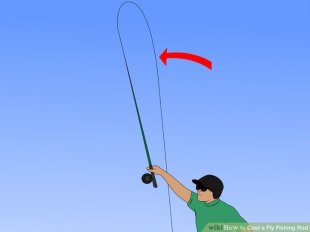
Source: www.wikihow.com
RELATED VIDEO
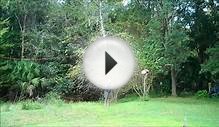
Fly Fishing Casting Tips: Proper Techniques and Common Errors
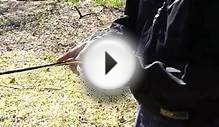
Fly Fishing Casting Techniques : How to Shoot Line in Fly ...
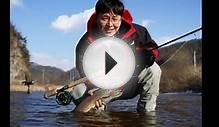
Spey Casting & fly fishing

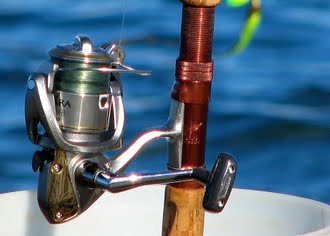 A fishing reel is a "cylindrical device attached to a fishing rod used in winding the line". Modern fishing reels usually have fittings which make it easier to retrieve the line and deploy ("cast") it for better accuracy or distance. Fishing reels are traditionally...
A fishing reel is a "cylindrical device attached to a fishing rod used in winding the line". Modern fishing reels usually have fittings which make it easier to retrieve the line and deploy ("cast") it for better accuracy or distance. Fishing reels are traditionally...
 In angling, casting is the act of throwing bait or a lure using a fishing line out over the water using a flexible fishing rod. The usual technique is for the angler to quickly flick the rod from behind toward the water. The term is also used when casting a...
In angling, casting is the act of throwing bait or a lure using a fishing line out over the water using a flexible fishing rod. The usual technique is for the angler to quickly flick the rod from behind toward the water. The term is also used when casting a...








